This article is taken from PN Review 94, Volume 20 Number 2, November - December 1993.
The Haunting of Benjamen Britten
Almost exactly ten years ago I reviewed Humphrey Carpenter's biography of W.H. Auden in The Southern Review(Winter 1983), along with two books treating Benjamin Britten's collaborative work with Auden and Ronald Duncan: Donald Mitchell's Britten and Auden in the Thirties, and Duncan's autobiographical Working with Britten. Because Carpenter's Benjamin Britten: a biography(Faber and Faber) draws both on his own earlier study of Auden as well as on the Mitchell and Duncan volumes, I need to repeat a few things I said a decade ago. Most of all, because Carpenter makes of the Auden letter which I quoted from Mitchell's notes the key to understanding Britten's life and work, I need to quote and comment on that strange and prophetic document once more.
During the comparatively brief phase of their collaborative work, Auden challenged and dominated Britten like no one else in his life. Having followed Auden to America in 1939, Britten and Peter Pears decided in 1941 to return to England, a decision which Auden regretted and which led him to write in his characteristically intimidating way about the dangers he foresaw for his friend. 'Goodness and Beauty,' he began, 'are the results of a perfect balance between Order and Chaos, Bohemianism and Bourgeois Convention. Bohemian chaos alone ends in a mad jumble of beautiful scraps; Bourgeois convention alone ends in large unfeeling corpses.' It becomes clear that Auden is really talking about the artist's need to locate and release potentially destructive energies in himself while simultaneously ...
The page you have requested is restricted to subscribers only. Please enter your username and password and click on 'Continue':
If you have forgotten your username and password, please enter the email address you used when you joined. Your login details will then be emailed to the address specified.
If you are not a subscriber and would like to enjoy the 292 issues containing over 11,700 poems, articles, reports, interviews and reviews,
why not subscribe to the website today?
